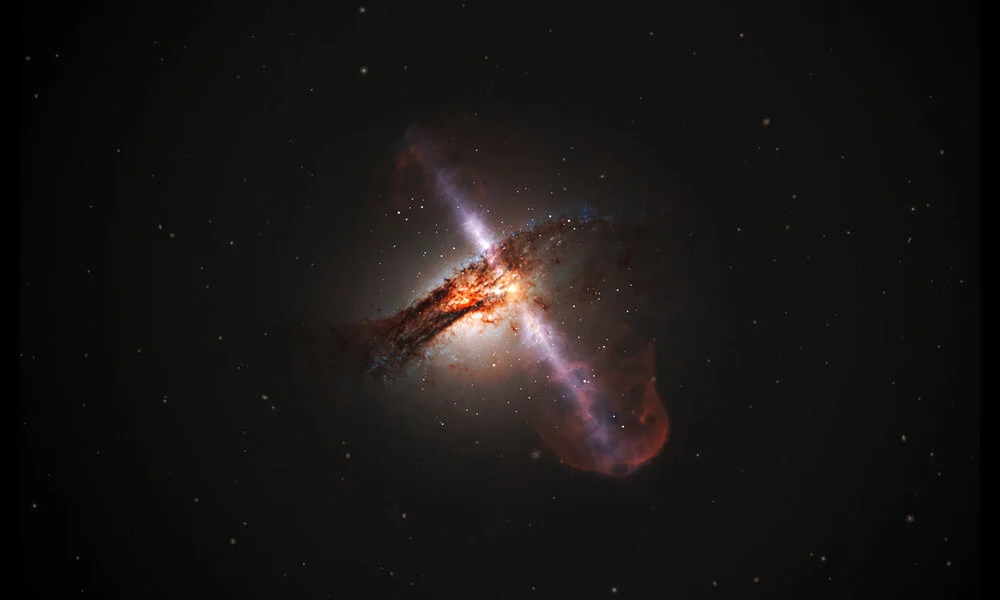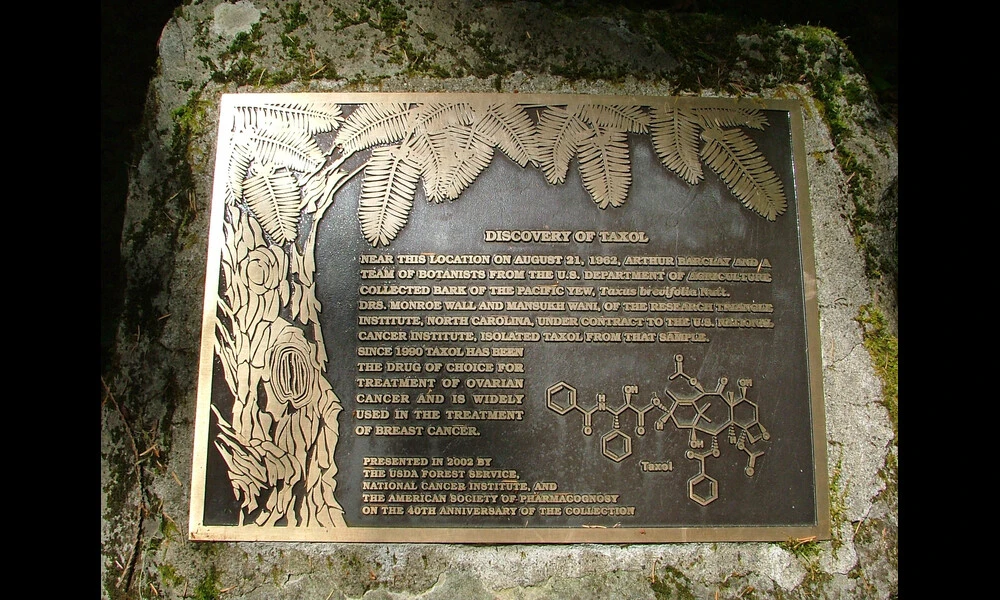Polarized X-Rays Detected Emanating From Black Hole for First Time
Published on Mon Oct 02 2023 Artist’s illustration of galaxy with jets from a supermassive black hole | Hubble ESA on Flickr
Artist’s illustration of galaxy with jets from a supermassive black hole | Hubble ESA on FlickrNew research has made an exciting discovery about a black hole transient known as Swift J1727.8–1613. Scientists have detected X-ray polarization from this bright transient for the first time, using the Imaging X-ray Polarimetry Explorer. The findings suggest that the hot corona emitting the majority of the detected X-rays is elongated rather than spherical. The X-ray polarization angle is also consistent with what has been found in sub-mm wavelengths, indicating that the corona is elongated orthogonal to the jet. This discovery is significant because it sheds light on the accretion process and the geometry of the emission region in black holes.
Mass accretion, or the process of matter falling into a black hole, powers some of the brightest X-ray sources in the universe. Black hole X-ray binaries go through different spectral states, and understanding the accretion geometry in these states is still a subject of debate among scientists. The structure and stability of the accretion disk, as well as the conditions for certain states to occur, are not yet fully understood.
X-ray polarimetry is a new diagnostic tool that can help answer some of these questions. By measuring the polarization of X-rays emitted by black holes, scientists can gain insight into the geometry of the emission region. Previous studies have shown that the X-ray polarization in other black hole binaries is aligned with the direction of the jets launched by the black hole.
In the case of Swift J1727.8–1613, the researchers found that the X-ray polarization angle is consistent with the sub-mm polarization angle, which is aligned with the jet direction. This suggests that the jets in this black hole are launched orthogonal to the inner parts of the accretion flow. The X-ray polarization degree in Swift J1727.8–1613 is also similar to that found in another black hole binary, Cyg X-1. This indicates that the inclination of the inner parts of the accretion disk in Swift J1727.8–1613 is moderate, in the range of 30 to 60 degrees.
These findings provide valuable insights into the accretion process and the geometry of black hole emission regions. By understanding how matter falls into black holes and how they emit X-rays, scientists can deepen their understanding of these enigmatic cosmic objects. The research on Swift J1727.8–1613 is ongoing, and further observations in different spectral states will provide more information about the accretion geometry and radiative processes in black hole X-ray binaries.



